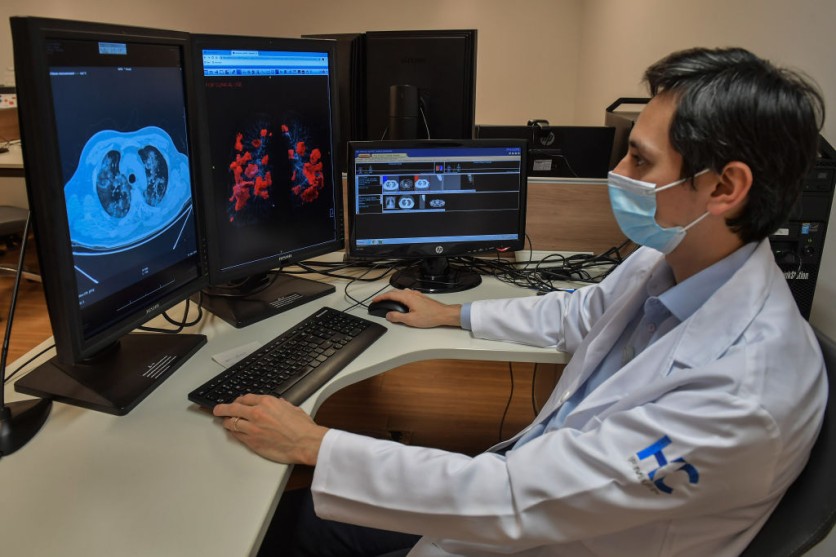In the wake of the COVID-19 pandemic, scientists around the world have been working tirelessly to develop new tools and technologies to help prevent the next global health crisis.
One such innovation comes from a team of researchers led by Timothée Poisot, a professor in the Department of Biological Sciences at Université de Montréal.
Poisot and his colleagues have been developing an algorithm for predicting mammal-virus interactions with the hope of making better predictions of which viruses are most likely to jump from animals to humans.

Algorithm for the Next Pandemic
According to the World Health Organization (WHO), zoonotic diseases are responsible for more than 60% of all infectious diseases in humans.
But with thousands of species of mammals and viruses and only limited information available about their interactions, the task of predicting which combinations are most likely to lead to zoonotic outbreaks is daunting.
That's where Poisot's algorithm comes in. Using machine learning, the algorithm sifts through existing data on mammal-virus interactions to identify which combinations are most likely to occur.
The researchers then validate these predictions using statistical analysis and focus their efforts on monitoring the most high-risk interactions and regions.
The team's work has already yielded some surprising findings. For example, they discovered that murine ectromelia, a virus related to smallpox in mice, has the potential to infect humans.
This finding underscores the importance of monitoring even lesser-known viruses and their interactions with mammals.
Read Also : ESA Seeks Help From AI to Discover Exoplanets; Here's What to Know About Ariel Data Challenge 2023
Potential Hosts
The researchers also identified two geographic regions to focus their efforts on the Amazon basin in South America, where new and original interactions between hosts and viruses are more likely to be observed, and Central Africa, where new hosts have been found that could potentially carry zoonotic viruses.
Poisot and his colleagues hope that their algorithm will be a valuable tool in preventing the next pandemic. By identifying and monitoring the most high-risk interactions and regions, they believe that they can help stop zoonotic diseases before they have a chance to spread.
For Poisot, the algorithm represents a major step forward in our understanding of zoonotic diseases and how to prevent them. "We're really shifting the places where we need to go and study," he said.
"Instead of just looking at the usual suspects, we're now able to identify new and unexpected interactions that could have major implications for human health."
The study's findings were published in the journal Patterns.
Related Article : Quick Guide: New AI-Powered App Superchat Allows Users to Chat With DaVinci, Other Historical People!

![Apple Watch Series 10 [GPS 42mm]](https://d.techtimes.com/en/full/453899/apple-watch-series-10-gps-42mm.jpg?w=184&h=103&f=9fb3c2ea2db928c663d1d2eadbcb3e52)



